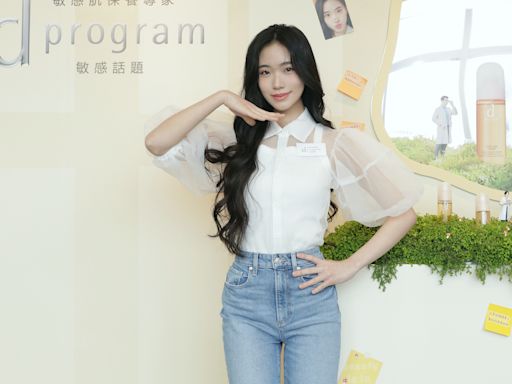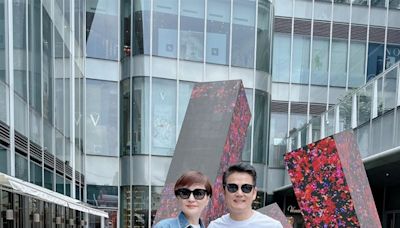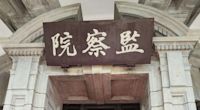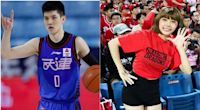搜尋結果
Hanyu Pinyin: Xiǎo-S Zhuyin: ㄒㄧㄠˇ ㄞˊ ˙ㄙㄜ Tongyong Pinyin: Siǎo-áise Wade–Giles: Hsiao 3-ai 2-sê 5 Yale: Syǎu-ái-se Gwoyeu Romatzyh: Sheauair.se Palladius: Сяоайсэ (Sjaoajsɛ) Sinological IPA (): /ɕi ɑʊ ²¹⁴⁻²¹ ˀaɪ ³⁵ sə³/
- Translingual
- Chinese
- Japanese
- Korean
- Vietnamese
Han character
哭 (Kangxi radical 30, 口+7, 10 strokes, cangjie input 口口戈大 (RRIK), four-corner 66430, composition ⿱吅犬) 1. Shuowen Jieziradical №25
Glyph origin
In oracle bone inscriptions, ideogrammic compound (會意/会意) : 吅 (“loudly”) + person with long hair (Similar to 老 without the cane) – "cry; weep". The pictogram of the person with long hair corrupted into 犬. Evidence suggests 吅 could be an abbreviation of the sound component 咢 (OC *ŋaːɡ), making the character phono-semantic (形聲/形声) . Shuowen Jiezi interprets it as a phono-semantic compound (形聲/形声, OC *ŋ̊ʰoːɡ) : semantic 吅 (“to speak loudly”) + abbreviated phonetic 獄 (OC *ŋoɡ).
Etymology
From Proto-Sino-Tibetan *kuːk (“to weep; to wail”); cognate with Mizo kûk (“to shriek”)(STEDT). This seems to be an area word; compare Proto-Mon-Khmer *kuk ~ kuuk ~ kuək ~ kək (“to call”), Proto-Austronesian *-kuk (“sound of a sob”) (Schuessler, 2007).
Definitions
哭 1. to weep; to cry; to wail
Etymology
From Middle Chinese 哭 (MC khuwk).
Pronunciation
1. (SK Standard/Seoul) IPA(key): [ko̞k̚] 2. Phonetic hangul: [곡]
Hanja
Wikisource 哭 (eumhun 울 곡 (ul gok)) 1. Hanja form? of 곡 (“cry”).
Han character
哭: Hán Nôm readings: khốc, khóc 1. This term needs a translation to English. Please help out and add a translation, then remove the text {{rfdef}}.
2024年3月26日 · a young person; child, kid, baby. 一家老 小 ― yījiālǎoxiǎo ― the entire family, old and young. Prefix used in front of family name to indicate informality or affection (for young people, 老 (lǎo) for elder people). For example, Someone called 李國寶/李国宝 can be called 小李. ( humble) my, our.
4 天前 · According to the Shuowen Jiezi, a pictogram ( 象形) of a baby without arms. Compare with 子, where the arms are visible. The Shuowen defines 了 as "the crossing of lower legs". In the Shuowen Jiezi Zhu, it is said that the pictogram instead depicts entangled legs ( 了戾 ). Its relation with the meaning "to finish" is likely via sound loan ...
2024年4月24日 · 我 又 贏 了! [MSC, trad.] 啊!我 又 赢 了! [MSC, simp.] Ā! Wǒ yòu yíng le! [Pinyin] Ha! I've won again! Used to express affirmation or exhortation. 好 孩子,乖,聽話,啊!別 哭 了,啊! [MSC, trad.] 好 孩子,乖,听话,啊!别 哭 了,啊! [MSC, simp.] āā!
2023年8月15日 · 1 Translingual. 1.1 Symbol. 1.1.1 Synonyms. 1.1.2 Derived terms. 2 Japanese. 2.1 Etymology. 2.2 Pronunciation. 2.3 Syllable. 2.3.1 Usage notes. 2.3.2 See also. Translingual. Symbol. ツ. (chiefly in the West) An emoticon representing a smiling face. Synonyms. :), :-), =), シ. Derived terms. ¯\_ (ツ)_/¯. Japanese. Stroke order. Etymology.
2024年4月22日 · This page was last edited on 22 April 2024, at 01:34. Definitions and other text are available under the Creative Commons Attribution-ShareAlike License; additional ...











